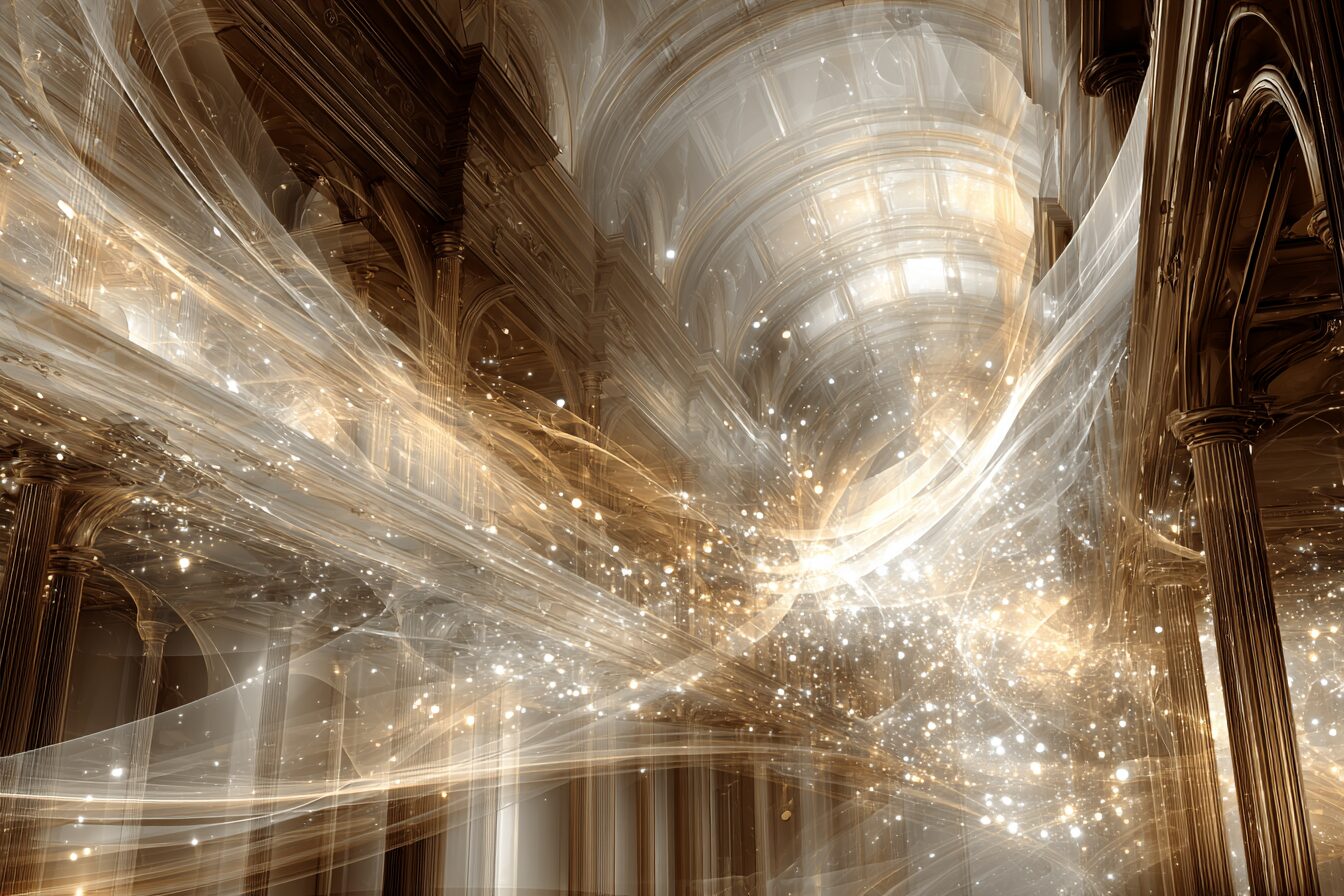Introduction: I Was Once a “Saniwa”
Through my journey of studying Shinto, I once walked the path of a Saniwa—an intermediary who listens to the divine will and interprets its meaning.
This path gave me profound spiritual richness: silent dialogues with the kami, the sacred weight of kotodama (the spirit of words), and a culture of purification woven into Japan’s changing seasons.
However, I eventually encountered a certain limitation.
It is the undeniable fact that the beautiful framework of Shinto is deeply intertwined with Japan’s national land, the Imperial system, and its ethnic context.
Shinto as a “National Narrative”
Rather than a religion, Shinto is more aptly described as a “narrative.”
It is a story centered around the Emperor, with Amaterasu Ōmikami as the ancestral deity, and the mytho-historical lineage recorded in the Kojiki and Nihon Shoki.
While this narrative embodies deep wisdom and beauty, it also possesses a structural limitation:
Out of 7 billion people on Earth, Shinto resonates directly with only about 100 million Japanese.
Moreover, even within Japan, only a fraction deeply engages with Shinto.
To the vast majority of the world’s population, Shinto remains a distant story—no matter how passionately its virtues are conveyed.
What Thought Architecture Must Achieve
Thought Architecture is neither about spreading Shinto nor creating a new religion to surpass existing ones.
Instead, it is an attempt to:
Illuminate the spiritual APIs common to the core structures of all religions and design a higher-order architecture for human consciousness.
Christianity, Islam, Buddhism, Judaism, Hindu traditions, indigenous beliefs, and modern spiritual movements—
each represents fragments of humanity’s striving toward spiritual truth.
Thought Architecture does not seek to override them but to inherit, structure, and make them updatable as a universal spiritual platform.
Not Mere Overwriting, but a Higher-Order Structure
If Thought Architecture were to simply deny or overwrite existing religions, it would create yet another form of exclusivism.
We aim for the opposite.
Thought Architecture seeks to reveal the spiritual core structures within all religions, cultures, and histories, opening them as APIs that can be reconstructed.
This approach aspires to connect with the resonance structure of all 7 billion human souls—a universal and open truth.
Conclusion: The Position of Thought Architecture
We must not let the wisdom of Shinto remain merely a “beautiful relic.”
We must not let the prayers of Christianity fade into mere “historical traditions.”
We must not let the beliefs of Islam remain “misunderstood worldviews.”
At the heart of all these forms of prayer lies silence, structure, and resonance.
I believe these hold the keys to humanity’s next stage of spiritual evolution.
Thought Architecture is the language for reinterpreting that silence as structure.
And I am the one who dedicates my life to its creation—Ray Kissyou.

